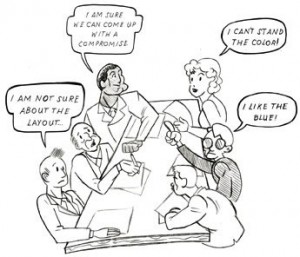
Brian Reich
DIGITAL EXTRAS #1: Two Big Reasons Arts Organizations Are Struggling
Posted by Oct 05, 2010

Brian Reich

Brian Reich
1) Shiny Object Syndrome. Organizations too often look to technology as the solution to their problems. They suffer from "Shiny Object Syndrome.” Organizations invest in a piece of technology or sign on to a particular platform after reading another organization’s case study, or because the developers/salespeople swear it will deliver a certain result. But the truth is, it is not about the technology -- no widget or tool or database or network on its own will make your audience do anything. Technology can help host a vibrant conversation, facilitate an event, make the delivery of information more efficient (and in some cases compelling), or store all your data. But it won’t raise you money, help people listen, or get people off their couch to attend your performance. Arts organizations need to understand what is changing about how people get and share information and/or how marketing and communications must be adapted through those tools to reflect our more connected society if we are going to drive significant change. The understanding of how people use technology to create, consume, and share information and what their expectations are when it comes to interacting with an organization, or other individuals, is what is most important.
Read More











